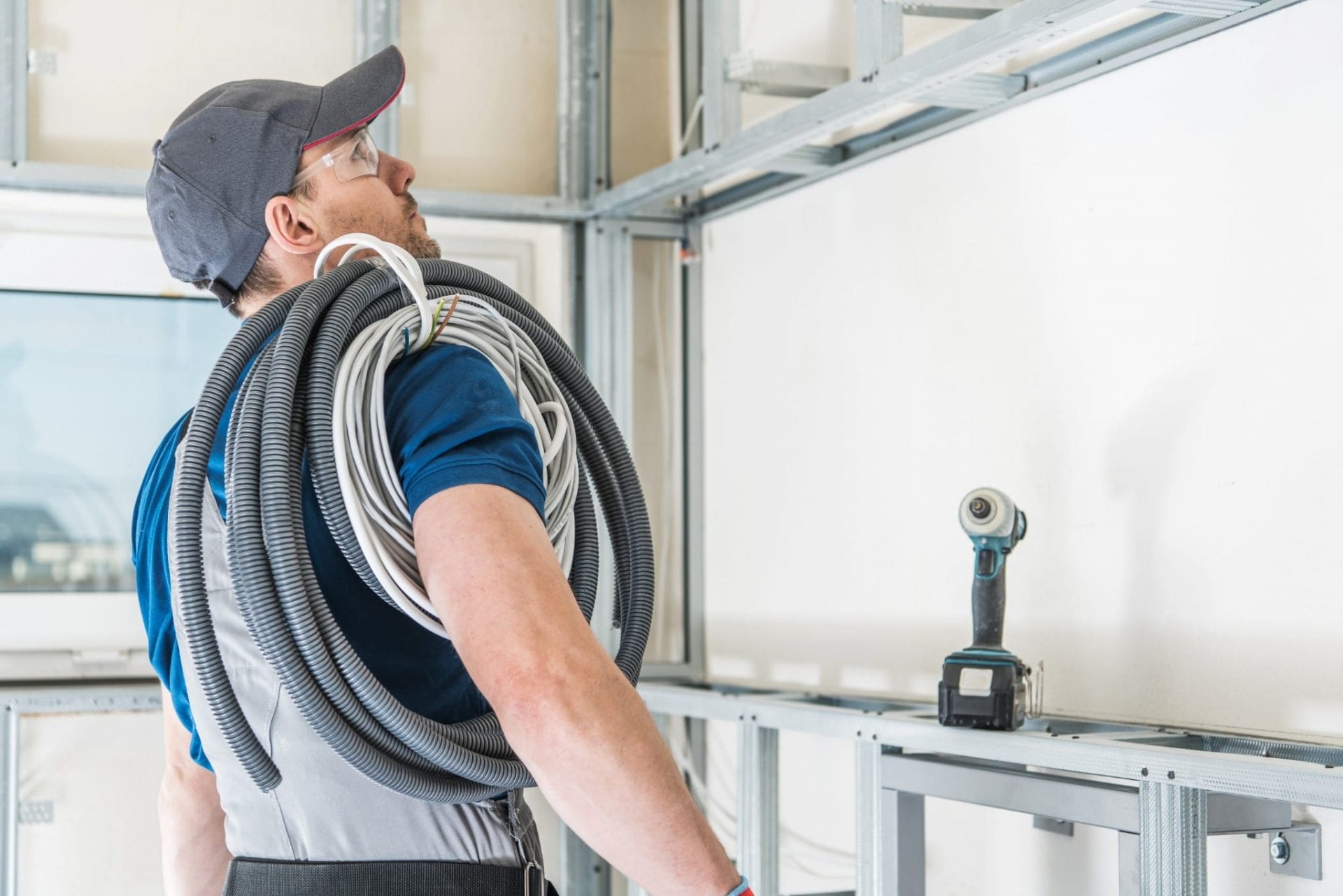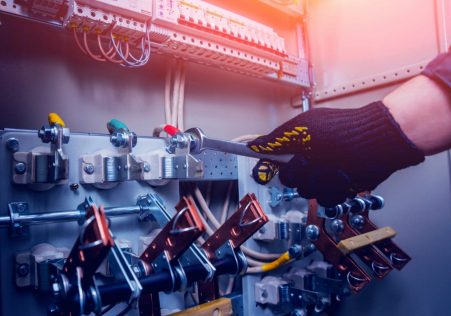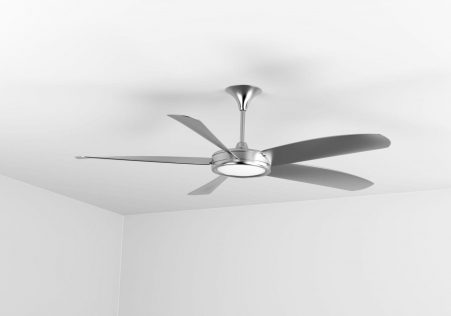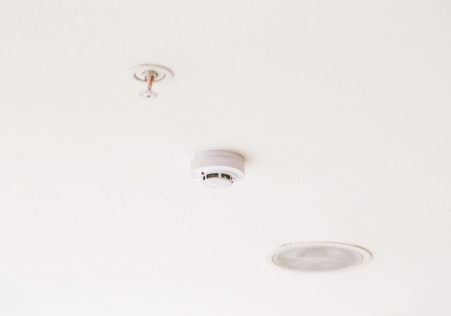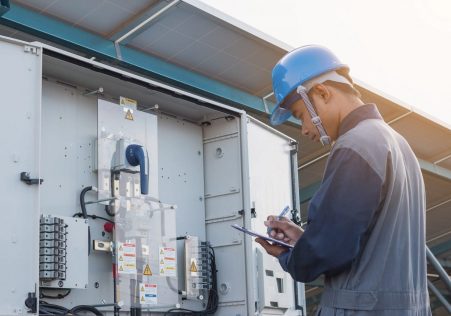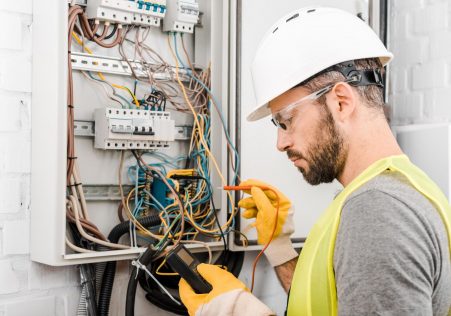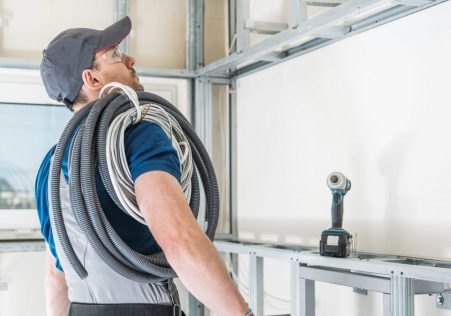Don't Get Shocked: Spotting Live Wires in Your Home
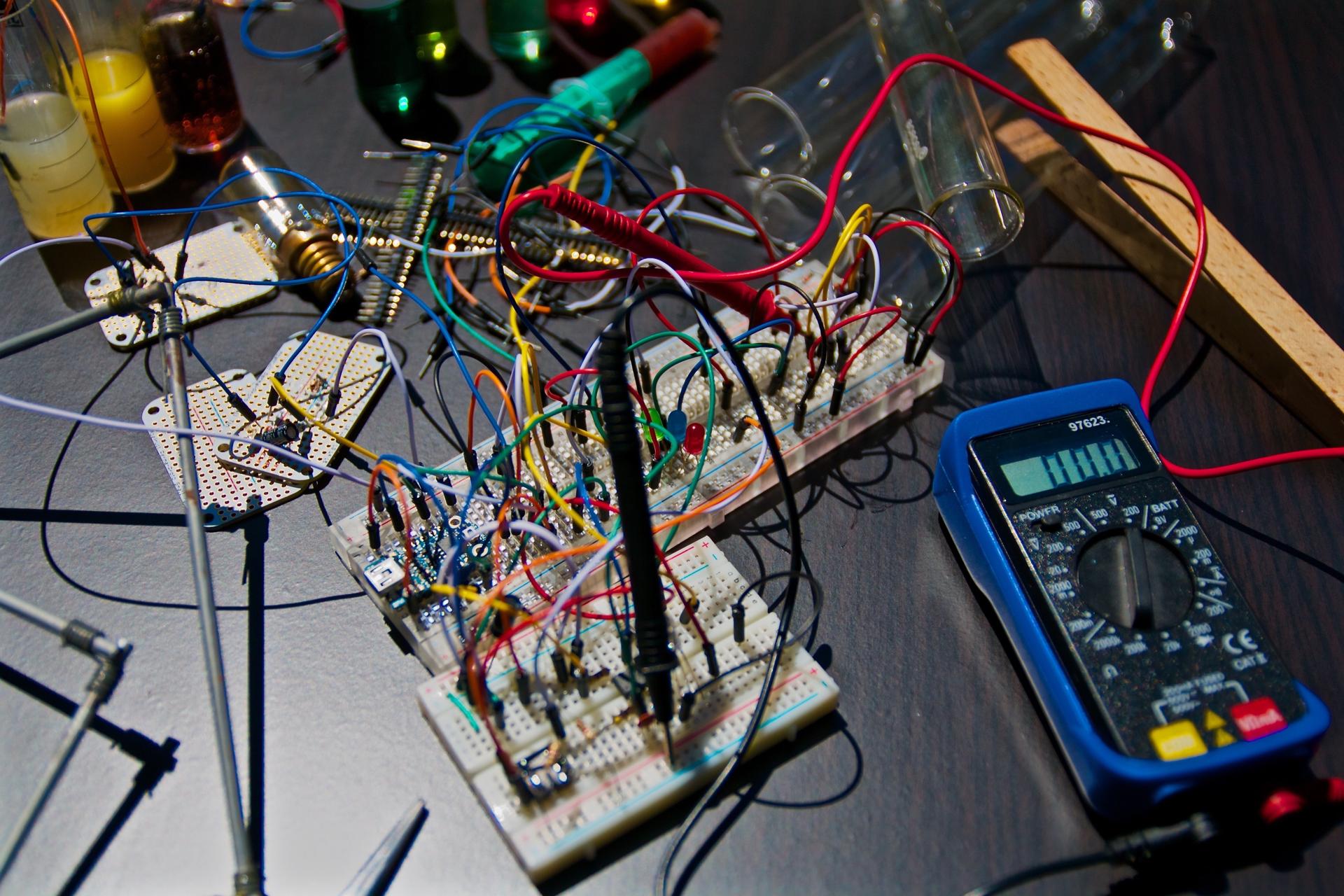
Identifying live wires is an important aspect of working with electrical wiring. No matter if you’re a professional electrician or a homeowner trying to fix an electrical problem, it’s crucial to know how to spot live wires, and take the appropriate precautions to avoid dangerous incidents. In this article, we’ll discuss the importance of identifying live wires and the precautions you should take in working on electrical wiring.
Working with electrical wiring can be very dangerous It is essential to know the risks that come with it. Electrocution is a serious riskand could cause serious injuries, or even death. It is crucial to ensure you are equipped with the right knowledge and equipment to handle electrical wiring safely.
Understanding Electrical Wiring Basics
Before we begin to identify live wires, it’s important to know what they are. Live wires transport electrical current, and can be dangerous if not handled properly. In an electrical circuit there are three kinds of wires: neutral, hot as well as ground wires. Hot wires carry the current of electricity neutral wires carry the return current, and ground wires provide an uninvolved pathway for excess current to flow.
Tools and precautions to identify Live Wires
Identifying live wires requires the use of the appropriate equipment and safety measures. A few of the important tools is the non-contact voltage tester which can detect electrical current without making contact with the wires. It’s also important to turn off the power supply to the circuit you’re working on and to wear safety gear, such as gloves and safety glasses.
How to identify live wires
Here are step-by-step instructions for identifying live wires
- Shut off the power supply to the circuit you will be working on.
- Use a non-contact voltage tester to detect whether live wires are present. Hold the tester near the wire, and if it detects voltage, it will sound a beep or flash.
- Use a circuit breaker finder to determine the circuit breaker which controls the circuit. This will enable you to shut off the power supply to the circuit.
What To Do When You Come across a Live Wire
If you find an active wire It’s crucial to switch off power to the circuit as soon as you notice it. If you’re unsure about the best way to accomplish this you should seek professional help. Turning off the power will stop any current of electricity from passing through the wires. It will also reduce the risk of injury or electrocution.
Conclusion
Finding live wires is a critical part of working with electrical wiring. It’s important to take the appropriate precautions, including employing the appropriate tools and turning off the power, to avoid dangerous accidents. If you’re not sure the best way to spot live wires or have questions about electrical wiring, don’t hesitate to contact an experienced electrician such as Electricians of South Auckland at 0800 570 081. They can help you with any electrical problems and make sure that your house is secure and in compliance with code.

